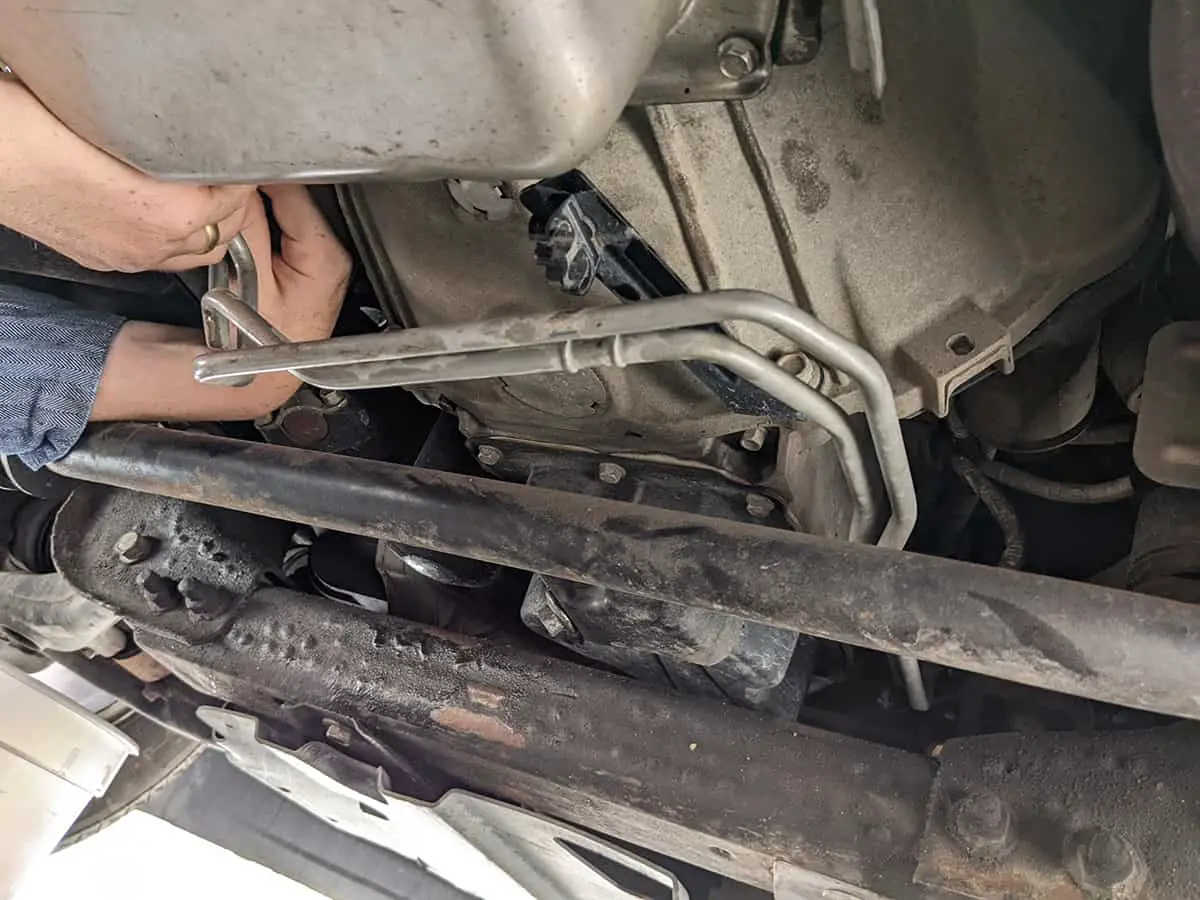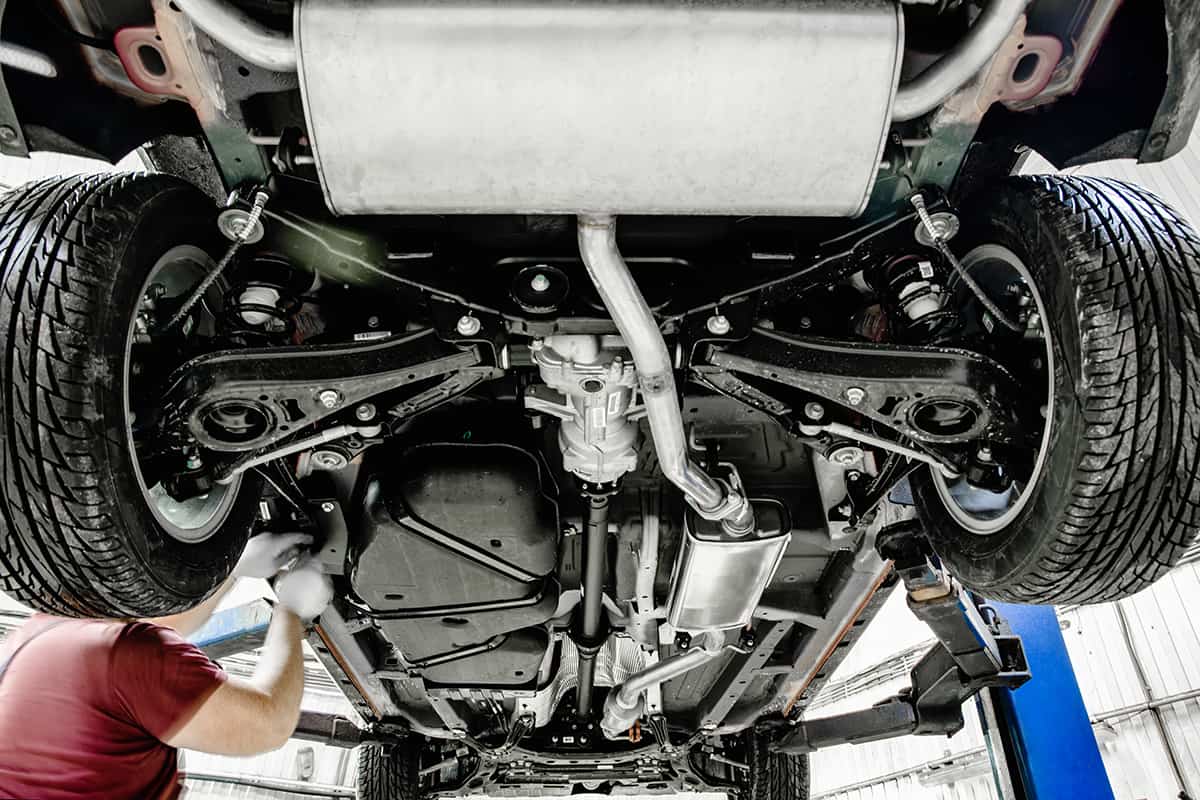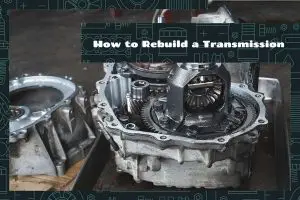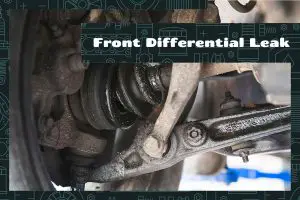If you’ve noticed a puddle of fluid under your car or a decrease in your vehicle’s performance, you might have a transmission line to radiator fitting leak. This issue is common in vehicles with automatic transmissions, and it can lead to a variety of problems, including transmission damage and overheating.
The most common causes of a transmission line to radiator fitting leak are:
- Worn or damaged fittings
- Corrosion
- Loose connections
- Cracked or damaged transmission lines
In this blog post, we’ll take a closer look at the signs of a transmission line to radiator fitting leak, the potential consequences of ignoring it, and what you can do to prevent further damage.
Identifying Transmission Line Leaks
Identifying a transmission line leak can be tricky, as there are several components in the transmission system that could be the culprit. However, there are some common signs that can help you identify a leak.
Symptoms of transmission line leaks
First, you might notice your transmission fluid level is dropping. This can cause shifting issues, as your vehicle needs the right amount of fluid to function correctly. You may also experience poor fuel efficiency or overheating if the leak is severe.
Next, you can look for visible signs of a leak. Puddles of red or brown fluid under your car can point to a leaking transmission line. Also, check the area around the radiator fittings for wetness or staining from the fluid.
Several more signs are associated with a leaking transmission line, which you can read about here.
Visual inspection of the transmission lines and radiator fittings
To perform a thorough inspection, gather some basic tools, like a flashlight and a pair of gloves. With the engine off, use the flashlight to check the transmission lines running from your vehicle’s transmission to the radiator. Look for any signs of damage or wear, such as cracks, corrosion, or loose connections.
Causes of Transmission Line to Radiator Fitting Leaks

Understanding the common causes of transmission line to radiator fitting leaks is essential for effective diagnosis and prevention. Several factors can contribute to leaks in these components, and being aware of them can help you maintain your vehicle properly.
1. Worn or damaged fittings
Over time, the fittings that connect the transmission lines to the radiator can wear out or become damaged. The seals inside these fittings may also degrade, allowing transmission fluid to escape. Regular inspection of these fittings can help you identify any issues before they lead to leaks.
2. Corrosion
Exposure to moisture, road salt, and other contaminants can cause corrosion on the transmission lines and fittings. Corrosion can weaken the metal and create small holes, allowing fluid to seep out. Keeping your vehicle clean and protected from the elements can help reduce the risk of corrosion.
3. Loose connections
The connections between the transmission lines and the radiator fittings can become loose over time due to vibrations or temperature changes. Loose connections can cause transmission fluid to leak out at the connection points. Regularly checking the tightness of these connections can help prevent leaks.
4. Cracked or damaged transmission lines
Transmission lines can become damaged due to road debris, accidents, or age. Cracks, dents, or kinks in the lines can cause leaks, leading to transmission fluid loss. Inspecting your transmission lines for visible damage is crucial for preventing leaks and maintaining your vehicle’s performance.
Repairing Transmission Line Leaks
Addressing transmission line leaks promptly is essential to avoid further damage to your vehicle. Depending on the cause of the leak, there are several repair options available.
1. Repairing damaged fittings
If the leak is due to worn or damaged fittings, replacing the fittings with new ones is usually the best solution. This involves removing the old fittings, cleaning the connection points, and installing new fittings with fresh seals to prevent leaks.
2. Replacing corroded or damaged lines
If the transmission lines themselves are corroded or damaged, they should be replaced to avoid future leaks. This process involves removing the old lines and installing new ones, ensuring a proper fit and secure connections.
3. Tightening loose connections
If the leak is caused by loose connections between the transmission lines and radiator fittings, tightening these connections can help stop the leak. Be careful not to overtighten the connections, as this can cause damage to the lines or fittings.
Steps to Replace Transmission Lines and Radiator Fittings

Replacing transmission lines and radiator fittings is a detailed process that requires attention to detail. Follow these steps for a successful repair:
Step 1. Gather the necessary tools and materials
You will need a set of wrenches, a drain pan, a funnel, and replacement transmission lines or fittings. You may also need a jack and jack stands if your vehicle needs to be lifted for better access.
Step 2. Drain the transmission fluid
Place a drain pan under the transmission pan, and remove the drain plug to allow the fluid to drain. Be sure to dispose of the used fluid properly.
Step 3. Remove the damaged lines or fittings
Use a wrench to disconnect the transmission lines from the radiator fittings. Carefully remove the lines or fittings, being cautious not to damage any surrounding components.
Step 4. Install the new lines or fittings
Attach the new transmission lines or radiator fittings to the appropriate connection points. Ensure they are securely fastened and aligned correctly to avoid leaks.
Step 5. Refill the transmission fluid
Once the new lines or fittings are installed, use a funnel to refill the transmission fluid to the proper level, as specified in your vehicle’s owner’s manual.
Step 6. Test for leaks
Start the engine and allow it to reach operating temperature. Check for any leaks around the newly installed lines or fittings. If you find no leaks, you have successfully repaired the issue.
The Importance of Timely Repairs
Addressing transmission line leaks as soon as they are discovered is crucial to prevent further issues with your vehicle. Ignoring a leak can lead to significant damage to the transmission, such as internal wear and poor shifting performance.
Furthermore, a leak can cause overheating, as the transmission fluid also serves as a coolant for the system.
Finally, fuel efficiency can be negatively affected, as the transmission may struggle to function optimally with insufficient fluid levels. Taking care of transmission line leaks promptly ensures your vehicle remains reliable and safe to operate.
FAQs
1. How can I tell if my transmission line is leaking?
To identify a transmission line leak, look for red or brown fluid puddles under your car, a decrease in transmission fluid levels, or shifting issues. Inspect the lines and radiator fittings visually for signs of damage, corrosion, or loose connections.
2. Can I drive with a leaking transmission line?
Driving with a leaking transmission line can cause damage to the transmission and other components. It is best to address the leak as soon as possible to avoid costly repairs and maintain your vehicle’s performance and safety.
3. Can a leaking transmission line cause my car to overheat?
Yes, a leaking transmission line can lead to overheating. Transmission fluid acts as a coolant for the transmission system, and if there is a significant loss of fluid due to a leak, the transmission may overheat and cause further damage.
4. How often should I inspect my transmission lines and radiator fittings?
How often you should inspect your transmission lines and radiator fittings depends on your vehicle’s specific maintenance schedule and driving conditions. As a general guideline, it is advisable to check them at least once a year or every 15,000 miles, whichever comes first.






